"Venus With The Two Loves (eros And Anteros), Pietro Liberi (padua 1605 - Venice 1687)"
PIETRO LIBERI (Padua 1605 - Venice 1687)Venus with the Two Loves (Eros and Anteros) (LINK)
Oil on canvas
133 x 165/ 110 x 142 cm
Critical apparatus: Expertise by Emilio Negro
Provenance:
Langenstein Castle (Halberstadt, Saxony)*
Koller Auctions 27 March 2015, lot 3037 (as Marco Liberi), CHF 30,000/50,000 - see photo
*The canvas came from Germany, specifically from Langenstein Castle (Halberstadt, Saxony) where it was part of the rich art collection of paintings acquired by Maria Antonia Pessina de Branconi (1746-1793), mistress of Crown Prince Charles William Ferdinand of Brunswick. After 1945, when the Soviets occupied the castle, it passed into the state collection of the Kunstmuseum Moritzburg Halle (inv. NO. 1085, from 1958), and was later returned to the family's heirs.
Description:
The fascinating subject of our canvas, probably intended to adorn the alcove of an aristocratic residence, depicts the goddess of beauty, Venus, accompanied by her two young sons, Eros better known as Cupid, and the younger Anteros, both Greek gods of Love.
According to the myth, Venus, distressed to see that her son Cupid always remained a child, listened to the advice of the wise Prometheus, according to whom the god of love would never grow up until he knew the love of a brother. Aphrodite thus gave birth to Anteros and from that moment on, the two brothers grew up together.
Eros, who represents physical and passionate love, can therefore only enjoy adulthood when he is close to Anteros, who represents requited love; without him, therefore, he physically becomes a child again. Cupid retains the task of shooting his arrows to ignite passion and drive towards the pursuit of beauty, Anteros to protect the love that has been reciprocated.
The canvas can also be seen as a splendid allegory of Love in its most complete form, which needs to be corresponded in order to exist and grow.
Having examined and duly examined the iconography, we now move on to an attributive analysis, linking its authorship to the hand of the Paduan painter Pietro Liberi, a brilliant man of the world and a painter of great talent, a disciple of Padovanino, as well as the father of another important painter and epigone, Marco Liberi (to whose hand the canvas was previously erroneously referred).
Undoubtedly one of the most talented artists active at the height of the 17th century, in the course of his life as an adventurous traveller - he was in Constantinople at the age of sixteen, was then taken prisoner on the island of Mytilene, chained and transferred to Tunis, from where he managed to escape to Sicily - he produced important fresco cycles as well as altarpieces and numerous easel paintings of a profane nature; The latter compositions are particularly similar to the one in question and highly sought after and appreciated by contemporary collectors for their elegantly sensual and erotic subject matter.
His painting training was shaped by the study of the old masters that Pietro Liberi studied during his travels between Rome, Florence, Bologna and Venice, where he moved permanently in 1643 and where he obtained highly prestigious positions.
All this can be seen in his painting, which, at the height of the 17th century, recovers the grandiose and monumental forms of Roman and Tuscan Mannerism. The fusion of the Venetian and central Italian manner achieves a seductive union in this work: if the complexion of the discreet woman in the foreground, her explicit sensuality, recalls masterpieces from Titian to Veronese, the pose of the reclining body seems to echo Michelangelo's ideas.
In the not inconsiderable panorama of perturbing female nudity offered by Liberi, the Venus we present here can certainly be included among the most successful and sensual: the delicate complexion of the goddess of Love is impressive for its freshness and naturalism.
ADDITIONAL INFORMATION:
The work sold is completed by a beautiful frame and comes with a certificate of authenticity and guarantee.
We take care of and organise the transport of the purchased works, both for Italy and abroad, through professional and insured carriers.
It is also possible to see the painting in the gallery in Riva del Garda, we will be happy to welcome you to show you our collection of works.
Contact us, without obligation, for any additional information.
Follow us also on:
INSTAGRAM https://www.instagram.com/galleriacastelbarco/?hl=it
FACEBOOK https://www.facebook.com/galleriacastelbarco/





























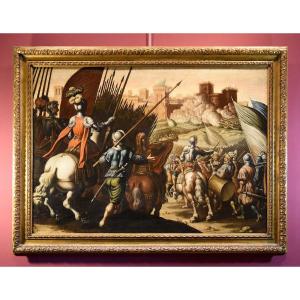

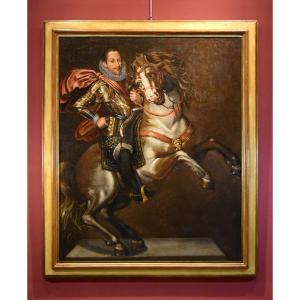
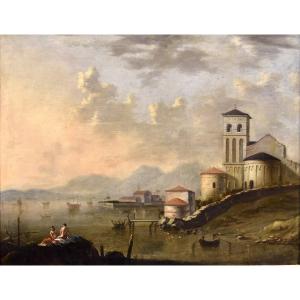
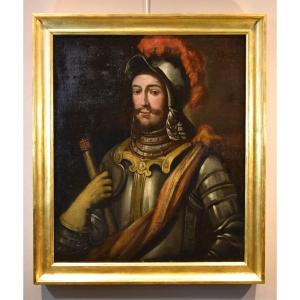

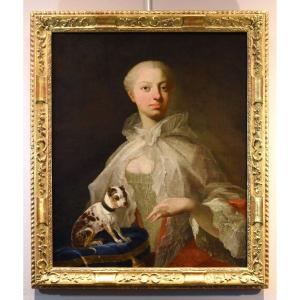


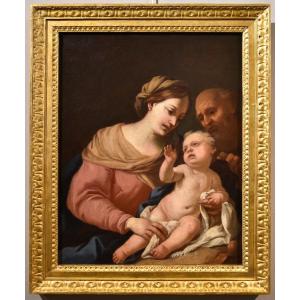

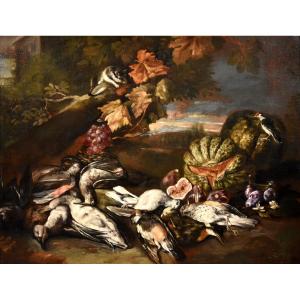
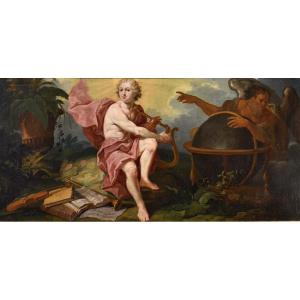
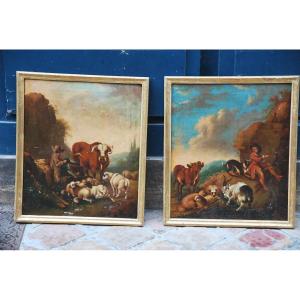

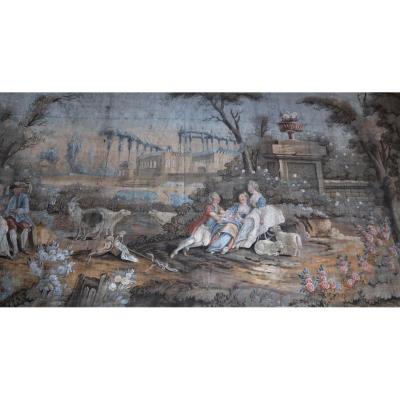
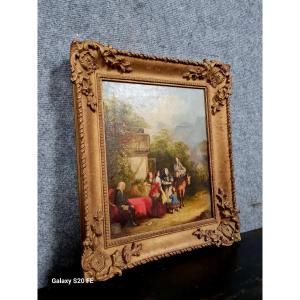
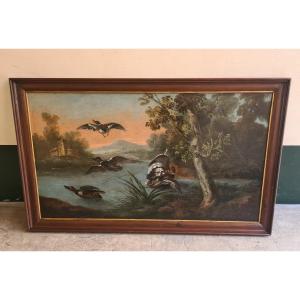




 Le Magazine
Le Magazine Rivista Artiquariato
Rivista Artiquariato TRÉSORS magazine
TRÉSORS magazine